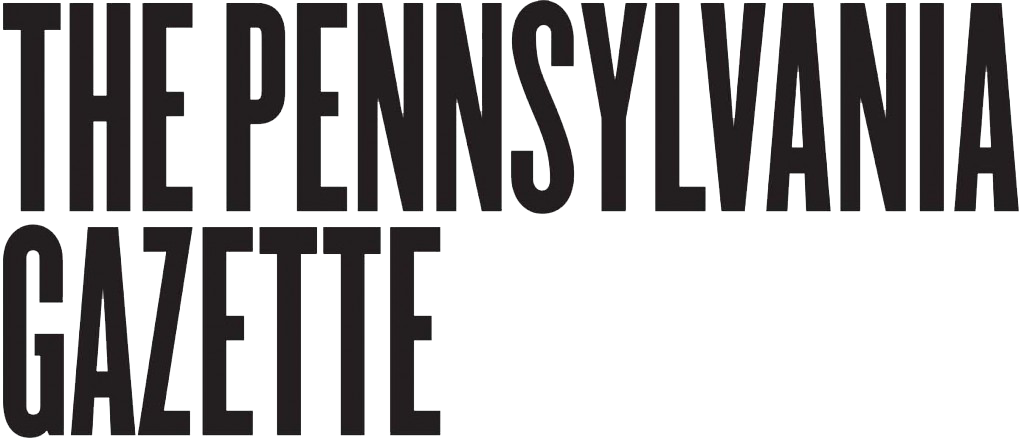Audrey Beeber David, C’92, who majored in Russian Studies and minored in Economics at Penn, has found a way to continue both interests in her professional career. Beeber is business manager of Russian World Gallery, which opened on Fifth Avenue in Manhattan in September 1996.
The brainchild of Felix Komarov, an emigre businessman and art collector, the gallery is described in publicity materials as “reviving in contemporary terms the great Russian tradition of fine design and exquisite craftsmanship in precious metals.” David calls it an attempt to create a kind of “Faberge for the nineties.” The gallery sells sculptures, decorative objects, and jewelry made from gold, silver, platinum, enamels, and gemstones. Each piece is designed by one of four Russian artists-Mikhail Chemiakin, Ernst Neizvestny, Igor Tiul’panoff, and Yuri Kuper -then created by goldsmiths and jewelers in New York.
David, whose Penn connections include her father, Stuart E. Beeber, M’66; sister, Sandy Beeber Samberg, Nu’92, GrNu’95, and husband, Greg E. David, C/W’92,
says she was always interested in Russia. Both her parents’ families
came from that part of the world “four generations back,” she says. In
Fall 1990, she was selected for intensive language study at the Moscow
Aviation Institute. Back at Penn the following spring, she took a course
with Russian poet Yevgeny Yevtushenko, then a visiting professor, on
Pushkin and Russian poets. “Yevtushenko was the first person to really
turn me on to Russian poetry and inspire me to broaden my interest in
Russian literature and culture,” David says. She visited him and his
wife that summer, while in Russia working as a group leader/tour guide
for American high school students in Moscow and Riga, Latvia.
Rina Kovalyova, C/W’92, a “native Russian” friend of David’s whose family came to the U.S. in the 1970s, introduced her to Komarov, who besides being founder and president of the Russian World gallery is also part-owner of a men’s magazine in Russia, Amadeus, and a Russian-language weekly published in the U.S., V Novom Svete (“In a New World”). Before becoming business manager, she worked as a consultant to the gallery and designed its Web page (www.russianworld.com).
David
is “very pleased” with sales at the gallery so far. Decorative objects
range from $1,500-$5,000. They are made in lots of 100-500 and come with
limited edition certificates. Only twelve copies of each figurine or
statuette are made, plus five artist’s proofs. Prices start at about
$10,000 and may go up to $60,000 or higher. “As we sell out editions,
the prices go up,” David explains. For one figurine, the first copy sold
for $28,000; by the time number nine was sold, the price was up to
$48,000.
David’s
most recent trip to Russia was in January for the Triumph Awards -the
equivalent of the Oscars, she says, except that it is
“all-encompassing,” taking in art, literature, dance, music, and
theater, as well as film. The ceremony was broadcast on national
television January 7 and reached an audience of forty million. David was
there because the gallery was chosen to create the award statuette from
a design by Ernst Neizvestny. A total of forty-three copies were made
of the statuette, a six-inch high figurine of platinum, gold, and silver
that bears symbols of various art forms, named the Golden Elf;
forty-two were presented to award winners, and the factory proof is on
view at the Russian World Gallery.
By Susan Lonkevich

